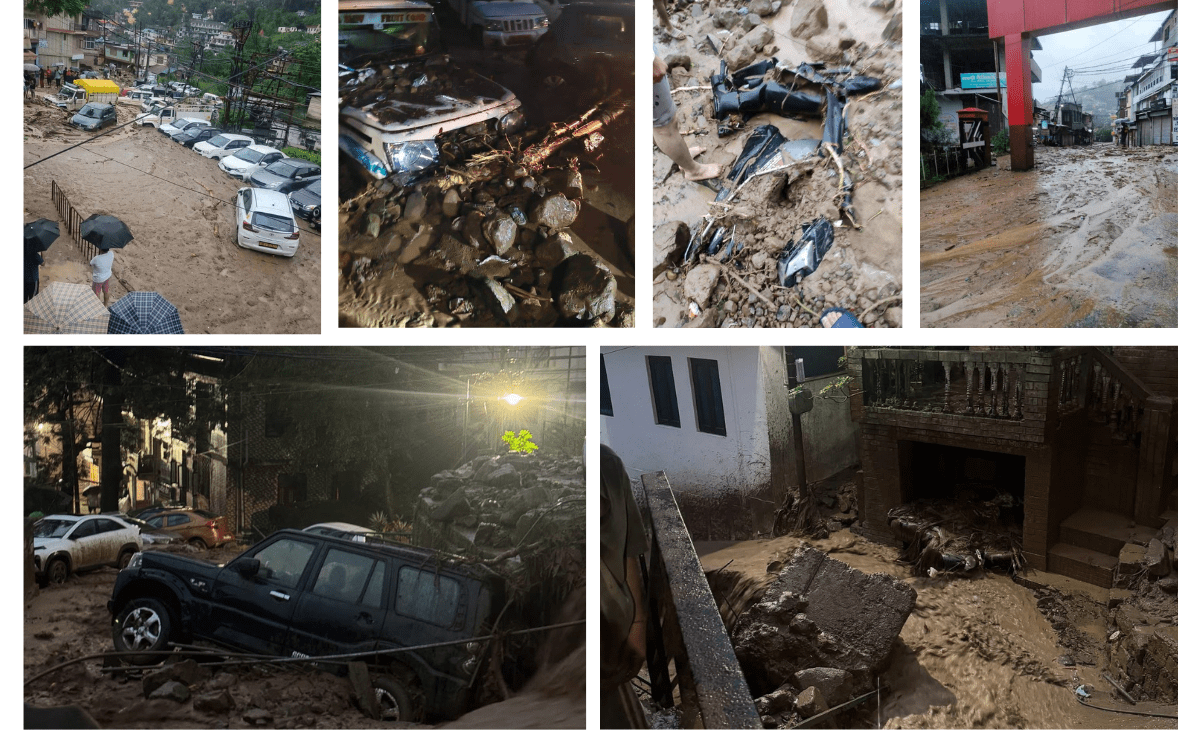TNR News Network
SHIMLA: The picturesque hills of Himachal Pradesh may soon become cautionary tales of environmental collapse if urgent changes aren’t made. While governments continue to blame erratic weather or climate change for every disaster, experts are raising a starkly different alarm: it is not nature, but unplanned and reckless development that is pushing the Himalayas toward catastrophe.
Over the past decade, scientific assessments have painted a worrying picture — the Himalayas, still young and geologically fragile, are being burdened beyond their natural capacity.
From multi-lane highways to hydroelectric tunnels and from riverside hotels to heavy concrete structures on unstable slopes, the region is being choked under the weight of its own “development”.
According to geological surveys, nearly 70% of Himachal’s land lies in landslide-prone zones. Yet, projects continue to rise on slopes steeper than safe limits, often without proper risk assessment or ecological approvals.
Ignored warnings, mounting consequences
Despite advancements in forecasting and monitoring, local administrations have repeatedly failed to act on early warnings. Even after damning reports highlighting poor drainage, unchecked encroachments and faulty construction practices, no structural course correction has been taken.
One analysis shows that in the last 10 years, over 1,200 km of roads have been widened in Himachal, dumping 2.5 crore tonnes of debris onto rivers and slopes annually.
In cities like Shimla, originally designed to support around 85,000 people, the peak tourist season now sees over 2 lakh visitors a day, stretching its ecological and infrastructural capacity to breaking point.
Environmental specialists warn that development has outpaced common sense. Where once British engineers prioritised earthquake-resistant structures and minimal ecological disturbance, today’s approach appears driven by short-term gains rather than long-term stability.
Historic structures like the Shimla-Kalka railway have withstood over a century, while modern four-lane highways crumble within years. Flashfloods, cloudbursts and landslides are no longer rare or unpredictable — they’re the direct result of building in unsafe zones, blocking natural watercourses, and ignoring topographical realities.
What Needs to Change — Now
Experts insist the real disaster isn’t in the clouds but on the ground. If the current trajectory of mindless construction and disregard for ecological limits continues, the Himalayas may face irreversible destruction in the coming decades. Key recommendations include:
- Mandatory risk assessments before any construction near rivers, streams or slopes
- Strict enforcement of no-construction zones and removal of past encroachments
- Prioritisation of geological and ecological feasibility in infrastructure planning
- Involvement of local communities in disaster planning and response training
- Adoption of global best practices, like Japan’s green buffer zones and the Netherlands’ “Room for the River” policy, adapted to India’s terrain
- Restoration of urban water bodies and natural drainage systems
- Ending the narrative that climate change alone is to blame — and building stronger accountability mechanisms at every level





